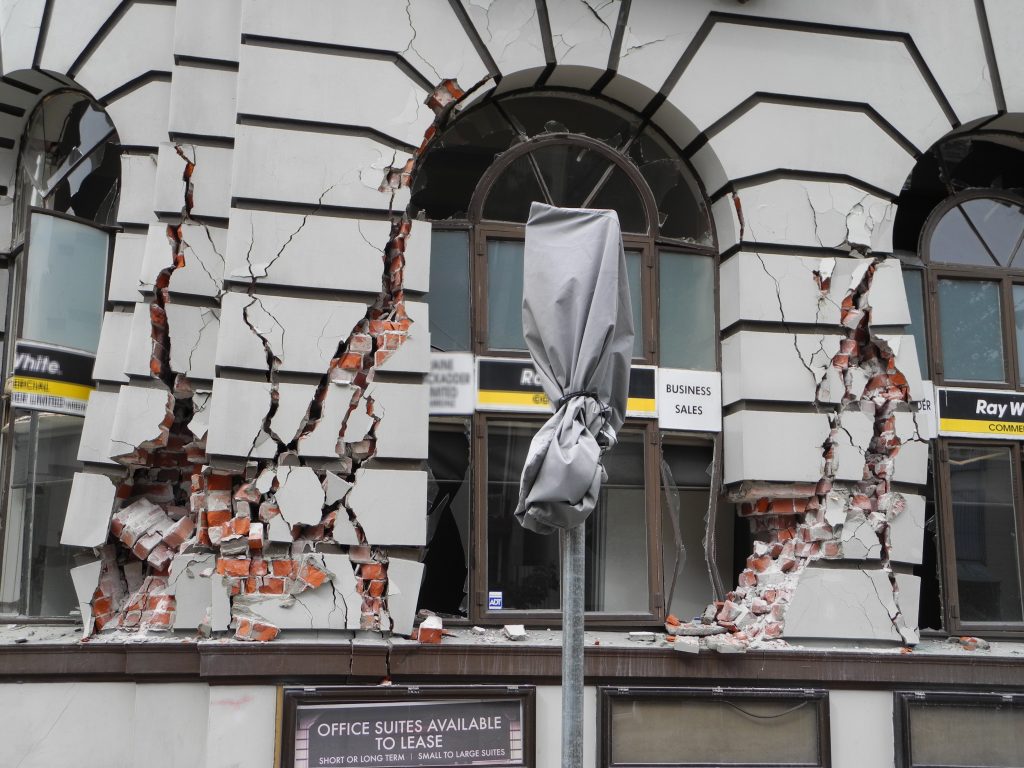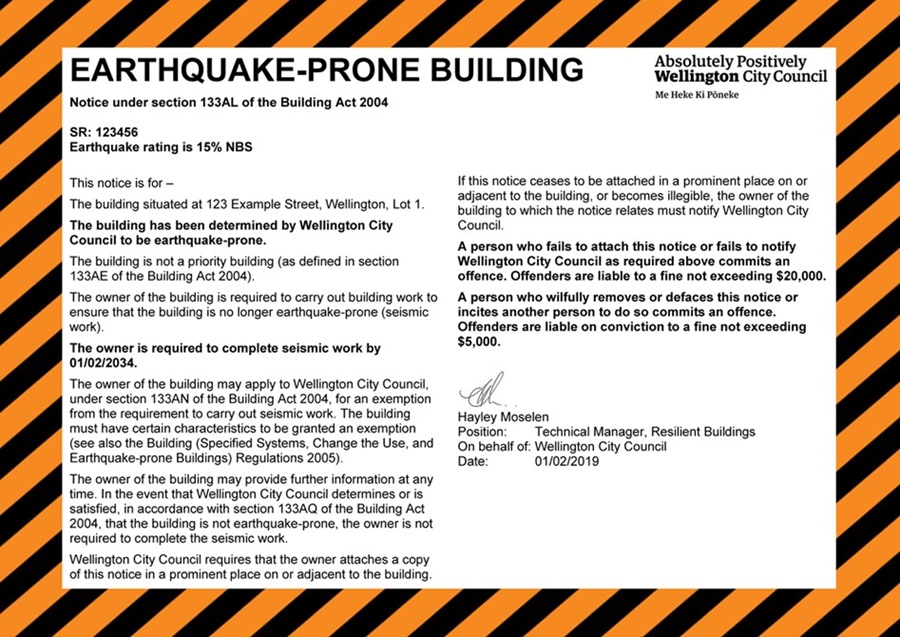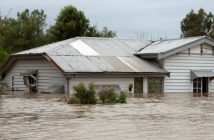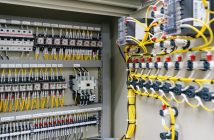What is an earthquake-prone building, what are your responsibilities as a building owner and what support is there available?
Hayley Moselen, Resilient Buildings Team Manager – Wellington City Council

A building, or part of a building, is earthquake prone if it is likely to collapse and cause injury or death, or damage to another property, in a moderate earthquake. An earthquake-prone building can only withstand one third of the earthquake shaking that a new building at the same site could take.
Some of these buildings are large and complex and some are small corner dairies and fish and chip shops.
Earthquake-prone buildings are given an earthquake rating, commonly referred to as a percentage of the new building standard (NBS). Earthquake ratings mean the degree to which the building, or part, meets the seismic performance requirements of the Building Code. Buildings that achieve less than a third of the new building standard (below 34% NBS) are considered earthquake-prone.
For context, if a brand-new building were built today it should be designed to achieve at least 100%NBS. A building which is 100%NBS should be designed not to collapse in a larger earthquake so that people can get out of the building safely. However it is important to note that the building may not be usable after the earthquake.
A structural engineer undertakes an engineering assessment to establish the %NBS of a building and if the building achieves less than 34% NBS it is considered to be earthquake-prone. Following a review of the engineering assessment by one of the team, the building is issued with an earthquake-prone building notice, which allows the owner of the building either 7.5 years (if it is a Priority Building) or 15 years to either strengthen or demolish the building.

The notice requires that the building owner must either strengthen or demolish the building or part of the building that causes it to be earthquake-prone. The building can still be used and occupied for its current lawful use prior to the notice expiring. The notice must also be displayed on the building in a prominent place, on or adjacent to the building.
There are four types of notices, with the different borders indicating the type of earthquake-prone building. Notices with an orange and black striped border are for buildings with an earthquake rating of 0% to less than 20% NBS, or where no engineering assessment has been provided and the earthquake rating has not been determined.
What do the engineers look at?
In the first instance an engineer will be interested in taking a close look at the original plans of the building as well as any drawings that document any previous structural upgrades. They will consider the building age, soil conditions, construction type, number of storeys and if a building is structurally connected to the neighbouring building. They will also undertake an external and internal inspection of the building to ensure the building as built, matches the existing drawings.
An engineer could then undertake a very broad basic assessment, which is called an Initial Evaluation Assessment. This preliminary assessment is carried out as a screening tool to determine a rough indication of the seismic performance of the building.
A Detailed Seismic Assessment (DSA) could be a next stage assessment and this is a more involved evaluation which includes some calculation and/or computer analysis providing a more accurate indication of the seismic performance of a building.
Support available
Kāinga Ora is also offering the Residential Earthquake-prone Building Financial Assistance Scheme which is in place to support owner-occupiers of earthquake-prone apartment buildings that are facing financial hardship as a result of the costs of undertaking seismic work to their buildings. Find out more here: https://kaingaora.govt.nz/working-with-us/residential-earthquake-prone-building-financial-assistance-scheme/
Wellington City Council offers a range of support options for building owners who are managing earthquake-prone buildings and this includes rates remission, building consent fee rebates and the Built Heritage Incentive Fund. Last month also saw the start of the Building Resilience Fund. This fund helps owners of non-heritage buildings with the cost or part-cost of a seismic assessment and design ahead of building strengthening. Find out more here: https://wellington.govt.nz/community-support-and-resources/community-support/funding/council-funds/building-resilience-fund
If owners are stuck they can contact us. We are here to help and talk with any building owner who doesn’t know what to do to or where to start to resolve the issues with their earthquake-prone building. We don’t want to end up penalising anyone, but we will if building owners do not meet the deadlines as stated on their notice. That’s our last resort.
[email protected]
(04) 499 4444




